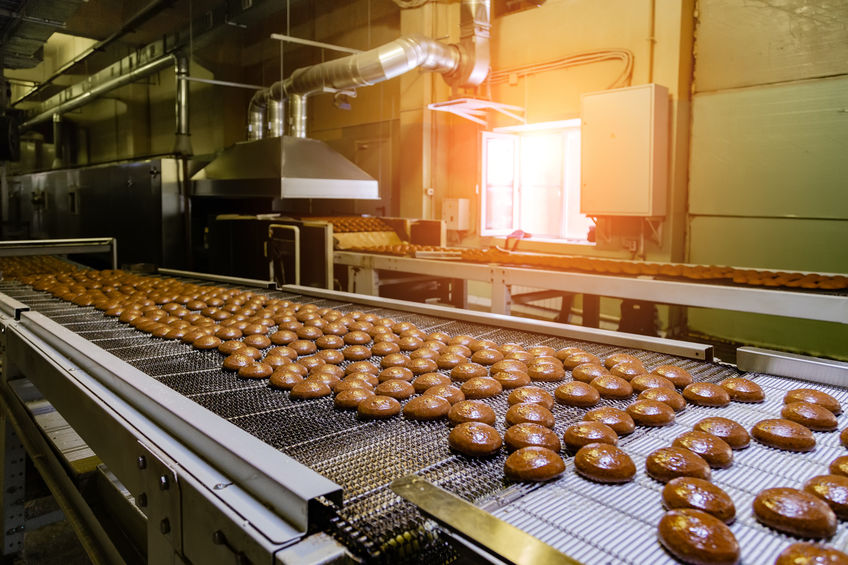It’s not uncommon for people to confuse food preparation and food processing, as both play essential roles in creating the dishes we enjoy. However, understanding the distinction between these two aspects of food production is crucial, as it reveals the unique techniques, skills, and equipment involved in each. This clarity allows us to better appreciate the journey our food takes before it reaches our plates. Let’s delve deeper into these two vital components and explore their similarities and differences.
Prepping Food: A Familiar Concept
Food preparation, or “prepping” for short, is something we’re all familiar with. Whether it’s at home or in a professional kitchen, prepping involves tasks like chopping vegetables, marinating meats, or mixing ingredients. In commercial settings like restaurants and event centers, food prep often includes breaking down larger cuts of meat, like deboning and portioning chickens or filleting fish.
For example, a restaurant kitchen might have a chef skillfully breaking down whole chickens, while an event center could have multiple fryer baskets for cooking appetizers and finger foods. Both of these examples demonstrate food preparation on a commercial scale, but they still differ from food processing.
Food Processing: The Art of Automation
Food processing takes food preparation to another level, focusing on automating and streamlining the production process. In a food processing plant, specialized equipment is used to handle large quantities of food quickly and efficiently, transforming raw materials into finished products. Think of an assembly line churning out thousands of pre-packaged meals, canned goods, or snacks.
For instance, instead of manually deboning chickens (like a chef in a restaurant), a processing plant might use a deboning machine to handle the task quickly and efficiently. Similarly, a processing plant could have an industrial fryer capable of frying hundreds or even thousands of pounds of food at once, as opposed to the few fryer baskets found in an event center.
Food processing often involves other techniques and equipment, such as:
- Mixers for blending ingredients
- Grinders to break down food into smaller particles
- Fillers to portion and package products
- Conveyors to move food items through the production line
These are just a few examples of the specialized machinery used in food processing, which helps maintain consistent quality, reduce waste, and boost production efficiency.
Finding the Right Equipment for Your Needs
Now that you have a better understanding of the differences between food preparation and food processing, you might be curious about what equipment is right for your operation. Whether you’re looking to upgrade your current setup or expand into new areas of food production, finding the right used food processing equipment for your needs is essential. At MTL services, we offer an expansive inventory of high-quality used food processing equipment, with options for a wide range of applications. Browse our inventory and let us help you find the equipment that will elevate your operation to new heights! For information about our other services, fill out our contact form or give us a call at 404-386-6011.


